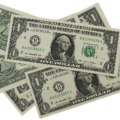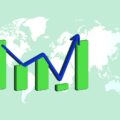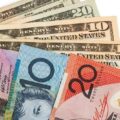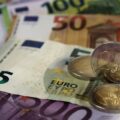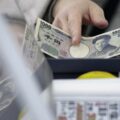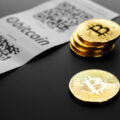Yields Rise to Decade Highs and Curve Inverts

On Monday, yields for benchmark 10-year Treasury bonds rose to reach their highest value since 2011. In addition, a key portion of the yield curve actually inverted, which was a first since April. This was because investors were preparing for the impact on the economy of the Federal Reserve’s aggressive monetary tightening in order to control inflation.
The yields went up after data released on Friday showed that inflation numbers in the US were higher than expected for the month of May, as food prices soared and the cost of gasoline also reached record highs. This resulted in the largest annual increase in inflation in almost forty and a half years.
Expectations from the Fed
The Fed is scheduled for its policy meeting on Wednesday, which will go on for two days. It is expected that the end of the meeting, the central bank will announce an interest rate hike of 50 basis points. In fact, traders are now considering that there is a 27% probability that the rate hike may actually be around 75 basis points.
According to market strategists, the communication from the European Central Bank (ECB) and the inflation data have given rise to the possibility that the Fed may just hike up the interest rate by 75 basis points or more.
Investors are betting that Fed may hike up the interest rate more than expected because it wants to tackle the pressures of high prices that have remained quite stubborn. Traders of Fed funds futures now believe that the central bank’s benchmark rate will increase to 3.88% by the end of May, which is almost one-percentage point higher than what had been previously expected. It is certainly more than the 0.83% rate that exists today. Deutsche Bank analysts believe that interest rates will hit their peak in mid-2023 at 4.125%.
Treasury Yield Curve Inverts
With the Federal Reserve tightening policy, the chances of an economic downturn are going up. On Monday, the curve for the 2-year as well as 10-year Treasury yields had inverted briefly, which indicates that a recession is likely in the next one to two years. However, market strategists said that they have not priced in the possibility of a recession as yet.
They said that there were concerns about the policy tightening because it can result in a global slump, but not a recession. If that was the case, then the Treasury curve would have been two year instead of five year.
Yields for 2-year Treasury bonds climbed to 3.250%, which is the highest they have been since December. The yields for five-year reached 3.434%, which makes them the highest since July 2008. As for 10-year Treasury yields, they were around 3.295%, which is the highest they have been since April 2011.
The yields had inverted about two basis points, but they returned to positive territory with a rebound of seven basis points. As for the gap between two and five year yields, it was positive at 19 bps.


